The Good, The Bad and The Downright Terrifying Use of AirTags
Technology has become an integral part of our lives, aiding us in various aspects including tracking lost items. Among these technological marvels are AirTags, small devices designed to help users locate their lost or misplaced belongings using the Find My app on an iPhone or iPad.
While AirTags offer convenience and peace of mind, there are also potential risks associated with their misuse. In this guide, we’ll explore the good, the bad, and the downright terrifying uses of AirTags, along with essential safety measures to protect yourself.
Understanding AirTags
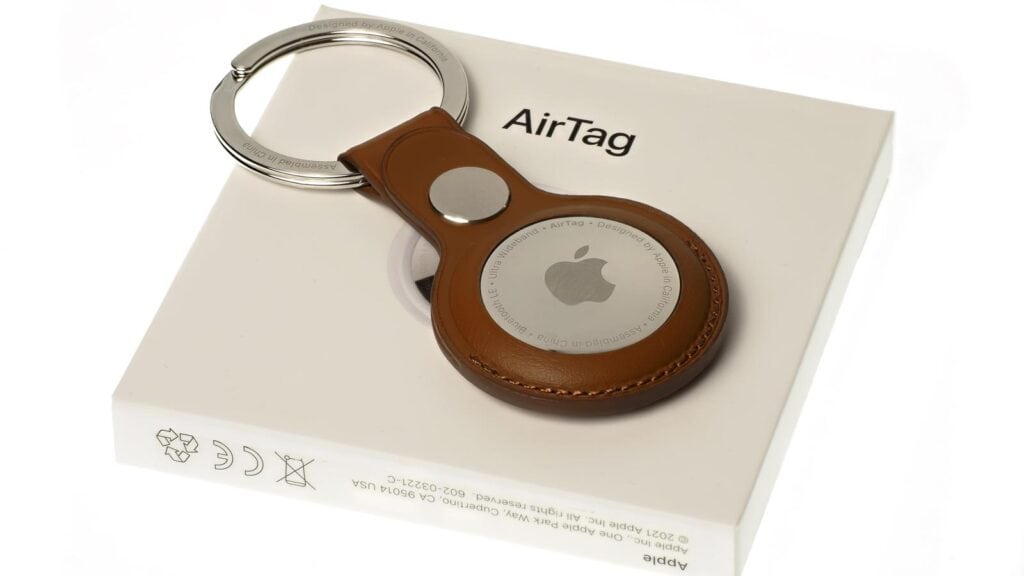
AirTags are compact tracking devices that can be attached to a variety of items such as keys, wallets, purses, luggage, and even pets.
They leverage the Find My network, allowing users to pinpoint the location of their tagged items with remarkable accuracy.
The Good: Reuniting Lost Items…
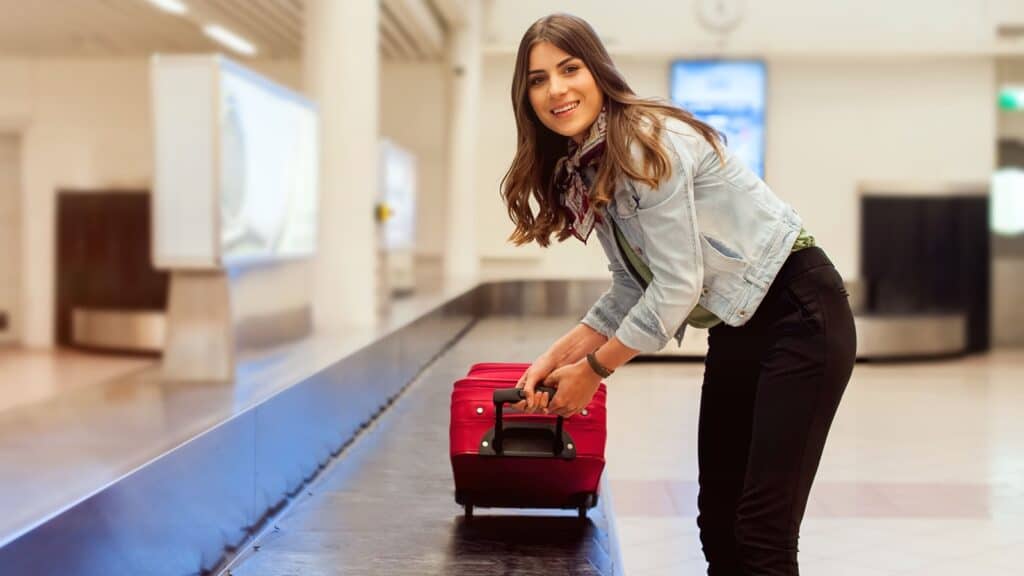
One of the primary benefits of AirTags is their ability to reunite individuals with their lost belongings. Stories abound of people retrieving lost items ranging from wedding rings to surfboards, thanks to the precise tracking capabilities of AirTags.
… and Loved Ones

Additionally, AirTags have been instrumental in locating missing family members during emergencies, providing peace of mind in critical situations.
The Bad: Potential for Misuse and Intrusion
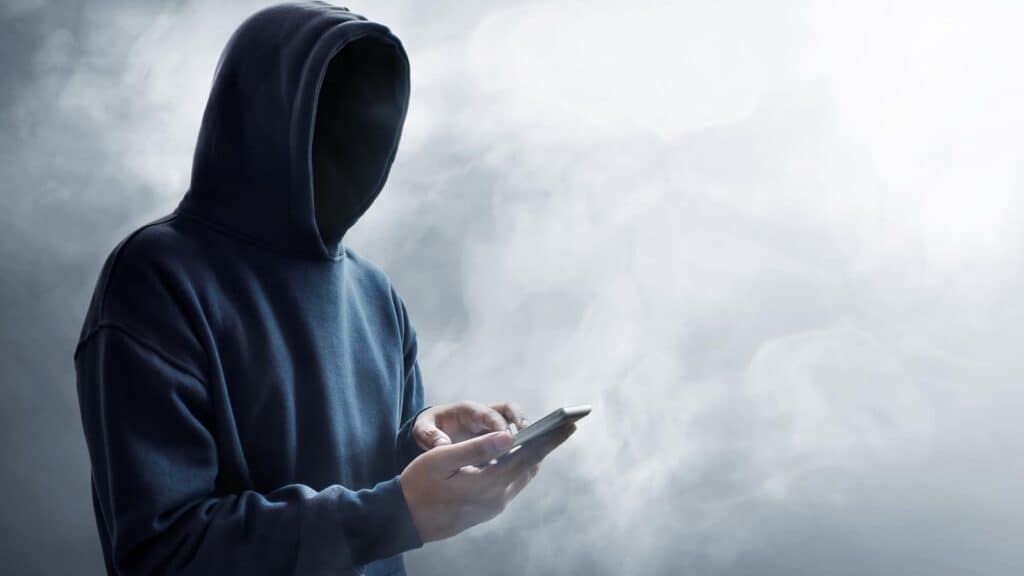
Despite their intended purpose, AirTags have been misused by individuals with malicious intent.
Unapproved Uses
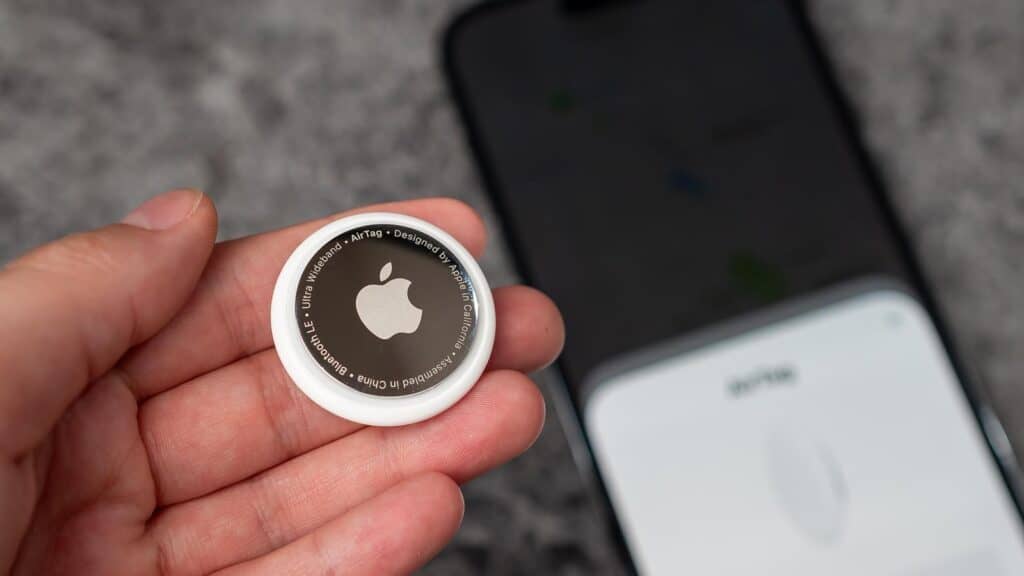
There have been disturbing reports of AirTags being used for stalking and tracking unsuspecting individuals without their consent. These incidents highlight the need for vigilance and awareness regarding the potential risks associated with AirTags.
The Downright Terrifying: Instances of Abuse and Harassment

In some cases, AirTags have been employed in acts of harassment, abuse, and even kidnapping. These alarming incidents underscore the importance of implementing robust security measures to prevent unauthorized tracking and ensure personal safety.
Risks and Safety Concerns
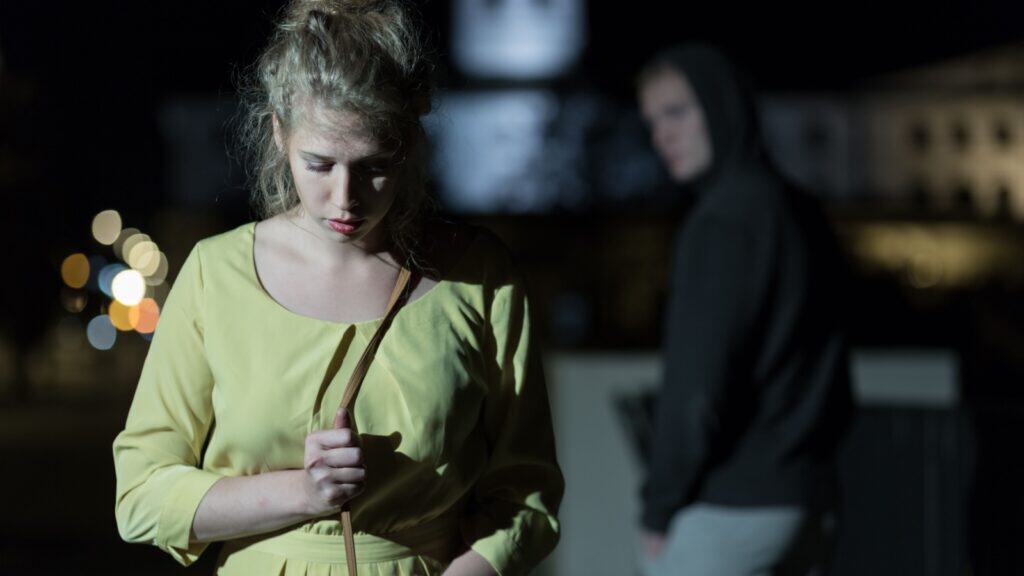
While AirTags offer valuable tracking functionality, they also pose significant risks if misused. It’s essential to be aware of these risks and take proactive steps to mitigate them.
Detecting Unauthorized Tracking
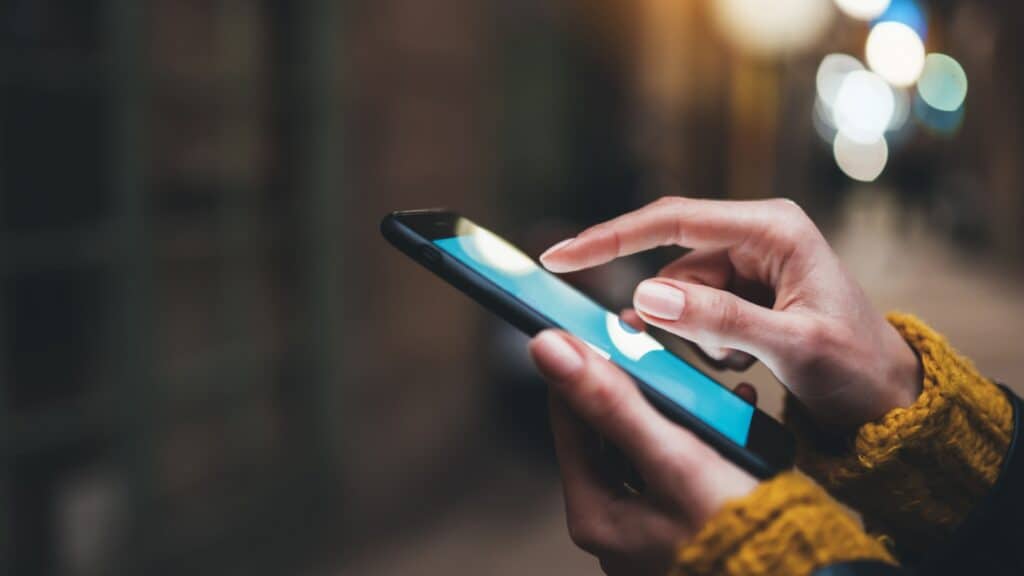
If you suspect that someone may be using an AirTag to track your whereabouts without your consent, there are steps you can take to detect and address the issue. iPhone users running iOS 14.5 or newer can receive push alerts when an unknown AirTag is nearby for an extended period.
Monitor Your Smartphone Settings
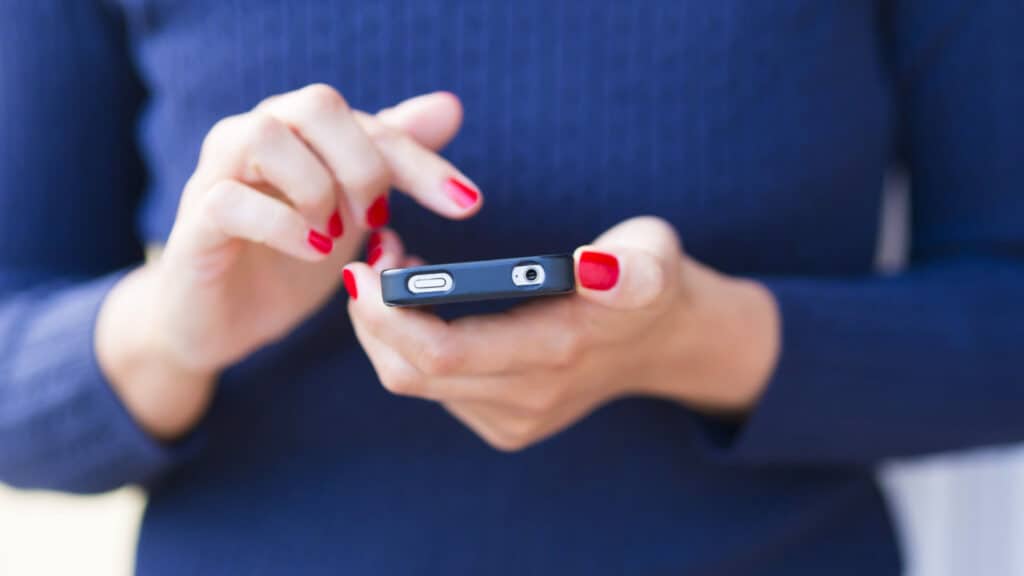
By enabling Bluetooth and adjusting your device settings, you can enhance your awareness of potential tracking attempts.
Protecting Personal Privacy

To safeguard your privacy and security, it’s crucial to understand how AirTags function and take appropriate precautions. Familiarize yourself with the Find My app’s tracking features and regularly check for any unfamiliar AirTags in your vicinity. Additionally, consider implementing physical security measures such as inspecting personal belongings for hidden AirTags and maintaining awareness of your surroundings.
Use The Technology Advantageously
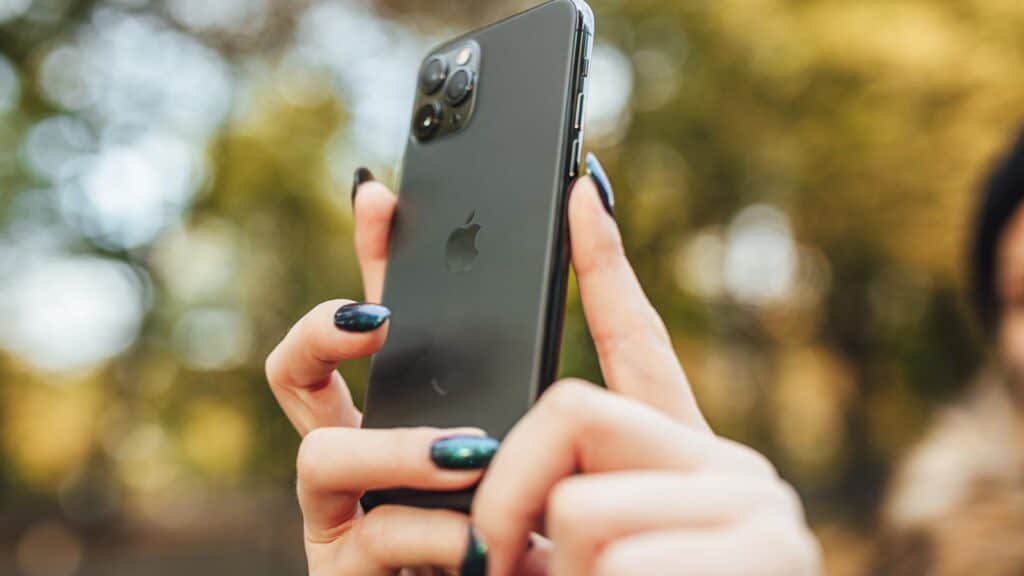
If you are alerted to the presence of an unknown AirTag, either through Apple’s notification system or by using Tracker Detect, you can trigger an audible chime to help locate the device.
Legal Considerations and Compliance
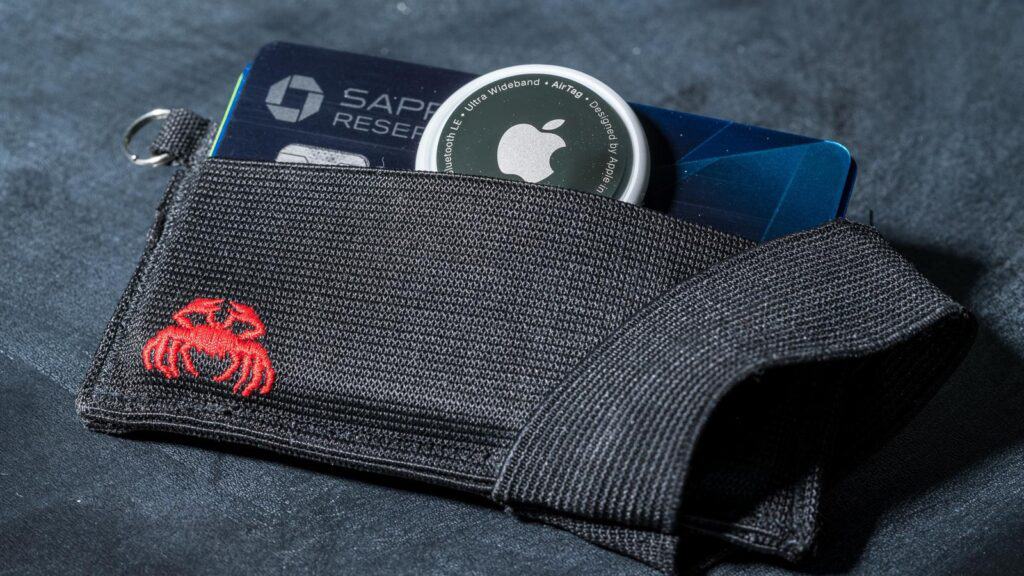
When using AirTags or encountering them in personal belongings, it’s essential to adhere to relevant laws and regulations governing their use. Familiarize yourself with Apple’s AirTag Use Policy and guidance documents to ensure compliance with applicable laws in your region.
If In Doubt, Contact Authorities

If you believe your safety is at risk due to unauthorized tracking, seek assistance from law enforcement agencies and advocacy organizations specializing in victim support.
Pro-Active Steps
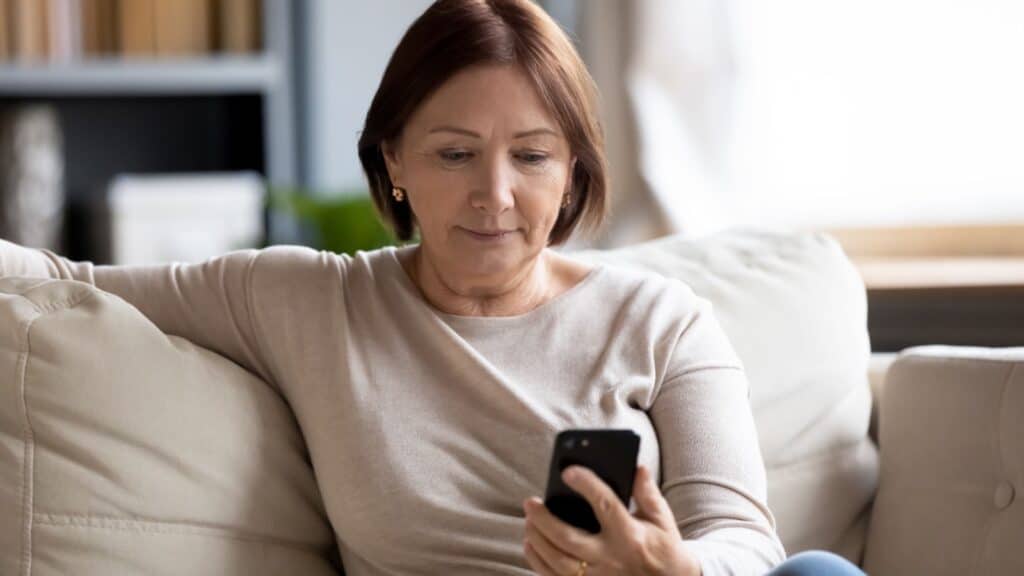
When using an AirTag or you find an AirTag in a personal belonging that you did not place there yourself, be sure you know the local laws. First review the Apple AirTag Use Policy and their guidance document if you do find one.
If you feel that your safety is at risk, these additional resources might be helpful:
- In the United States: The Safety Net Project at the National Network to End Domestic Violence and the National Center for Victims of Crime
- In the United Kingdom: Refuge UK
- In Australia: WESNET Safety Net Australia
The Takeaway

AirTags offer a valuable tool for tracking lost items and ensuring personal safety, but they also present potential risks if misused. By understanding the benefits and limitations of AirTags, implementing proactive security measures, and staying informed about relevant legal considerations, you can harness the benefits of this technology while mitigating potential risks.
Stay vigilant, prioritize your safety, and utilize AirTags responsibly to enjoy their full potential without compromising your privacy or security.
Why Personal Photos On Your Phone Screen Can Pose Security Risks

We live in a digital age, and while it can offer convenience, we have to be mindful of what we share, for personal security’s sake. Our smartphones, for instance, have become more than just devices; they are extensions of our identities. It’s not uncommon to see individuals customizing their phones with personal photos as wallpapers. While this may seem like a harmless way to express oneself, it can inadvertently expose users to various privacy and security risks. In this article, we explain why setting a personal photo as your phone screen might not be the wisest decision, and we offer alternative solutions to mitigate these risks. READ: Why Personal Photos On Your Phone Screen Can Pose Security Risks
Join Us

Join us on this empowering journey as we explore, celebrate, and elevate “her story.” The Queen Zone is not just a platform; it’s a community where women from all walks of life can come together, share their experiences, and inspire one another. Welcome to a space where the female experience takes center stage. Sign up for our newsletter so you don’t miss a thing, Queen!






